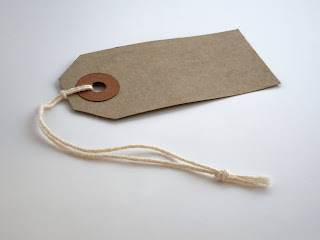How recently have you evaluated your pricing structure? Are your prices too low? Too high? How do you know? The question that your customers need to answer is, "Compared to what?" So let's set some context for your prices that would help your customers evaluate whether they are going to buy. It's not based on whatever time and materials that went into producing it. Time and materials are your business, making sure you've got your costs covered. Here we need to look at pricing from your prospective customer's perspective. We're going to talk about VALUE, and what makes your product or service worth buying. Perceived value is compared against price in the buyer's mind, regardless of what you might think.
- Impact - (B to B perspective) What is the impact of your product or service on your customer's customer? How will it affect your buyer's ability to manage? What is its impact on the client company's finances? How does it impact the company's ability to grow and innovate? Can you measure the impact in dollar terms? The decision making process is easier for your prospective customer when there is tangible, measurable, positive impact.
- Quality - Quality itself is not a differentiator for your products and services - it's the price of entry into the market and it's a customer expectation. Moreover, the highest quality item doesn't necessarily win the game. The determining factor here is whether the quality of the product or service meets or exceeds customer expectations, and is perceived as a fair exchange for the price.
- Scarcity - If it's hard to find, customers are willing to pay more when they do find it. Marketers will use the "supplies limited" tactic to create perceived scarcity and a sense of urgency to buy now. Rarity is also valuable in prestige items like higher end jewelry, or a service that is usually booked solid.
- Specialization - Sometimes your customer needs a very specific thing. Specializing can make it easier for your core customer category to find your brand. You can become associated with being THE source for X product or for Y customer category. This can pair with Scarcity and Customization to add value.
- Customization - This is where the customer decides what the product or service will include. You can provide complete customization, or more of a tailoring approach where variables can b changed on top of a foundational product or service.
- Convenience - Some customers want it when and where they want it. Delivery services burgeoned during Covid, but before that, convenience stores had already built gas stations into combination fuel, food, comfort, gambling, and alcohol one stop shops.
- Safety - Remember "It's boxy, but good?" Safety sold Volvos for years, and Subaru is focusing on associating safety with its cars today. Buyers of certain products and services are particularly sensitive to the safety motivation. Think about baby gear, health care products and services, etc.
- Aesthetic factors - It might look nice, feel especially nice, or have negligible negative impact on the environment. Function might be the primary concern of a lot of buyers, but think about more than clothing here. Cars and electronic devices rely on the "cool factor" in their aesthetics, which lures buyers into investing more than they would for another functionally similar item. Aesthetic factors can tie into social motivators of belonging and status, in addition to the inherent aesthetic appeal to the buyer.
Remember, these values are determined by your customers' perspectives and not by you. Marketing based upon one or more of these may provide a boost. But unless the actual experience fulfills the promise they will not be a sustainable competitive advantage for your company. If you don't know what your customers value about the products or services you provide, ask them. Surveys, focus groups, and client visits for B to B businesses help you obtain an accurate perspective on what your customers want and appreciate.

Comments
Post a Comment